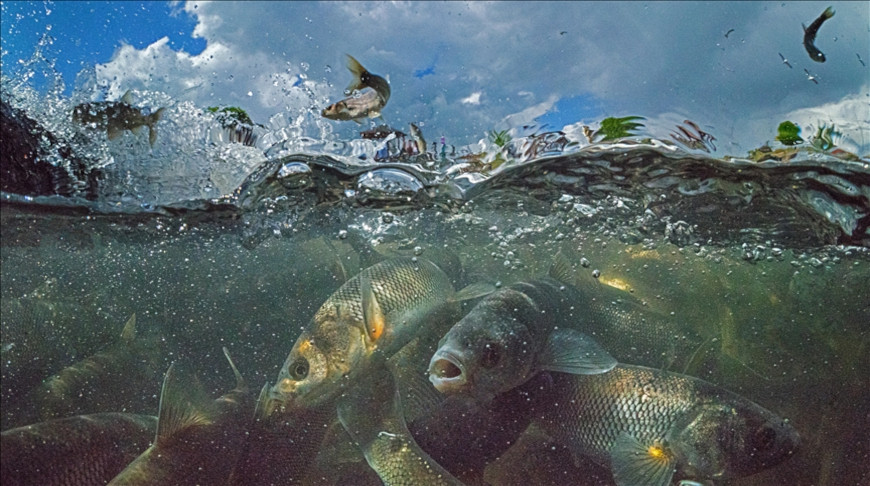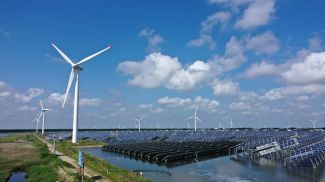
ISTANBUL, 10 January (BelTA - Anadolu) - World's 24% of freshwater fauna
is at a significant risk of extinction, according to a recent study
published in scientific journal Nature.
With 4,294 of 23,496 freshwater species endangered, the study, released on Wednesday, found that biodiversity hotspots including Lake Victoria, Lake Titicaca have the highest concentrations of endangered species.
As a result of over 20 years of work by more than 1,000 experts, the research found crabs, crayfish and shrimps are the most threatened groups, with 30% at risk, followed by 26% of freshwater fish and 16% of dragonflies and damselflies, International Union for Conservation of Nature's (IUCN) reported in a press release.
One of the major threats driving freshwater species towards extinction is pollution, mainly from agriculture and forestry, which affects more than half of the endangered freshwater fauna, the study found.
Dams and water extraction blocking fish migration routes, land conversion for agriculture, invasive species and over-fishing are also driving the extinction.
“These landmark findings are a rallying cry around freshwater species and the declining habitats that support them,” said Tim Lyons, director of conservation at New Mexico BioPark Society.
The global biodiversity is declining, with freshwater ecosystems affected the most as 35% of wetland area was lost between 1970 and 2015 and 65% of remaining wetlands are severely threatened.
With 4,294 of 23,496 freshwater species endangered, the study, released on Wednesday, found that biodiversity hotspots including Lake Victoria, Lake Titicaca have the highest concentrations of endangered species.
As a result of over 20 years of work by more than 1,000 experts, the research found crabs, crayfish and shrimps are the most threatened groups, with 30% at risk, followed by 26% of freshwater fish and 16% of dragonflies and damselflies, International Union for Conservation of Nature's (IUCN) reported in a press release.
One of the major threats driving freshwater species towards extinction is pollution, mainly from agriculture and forestry, which affects more than half of the endangered freshwater fauna, the study found.
Dams and water extraction blocking fish migration routes, land conversion for agriculture, invasive species and over-fishing are also driving the extinction.
“These landmark findings are a rallying cry around freshwater species and the declining habitats that support them,” said Tim Lyons, director of conservation at New Mexico BioPark Society.
The global biodiversity is declining, with freshwater ecosystems affected the most as 35% of wetland area was lost between 1970 and 2015 and 65% of remaining wetlands are severely threatened.













